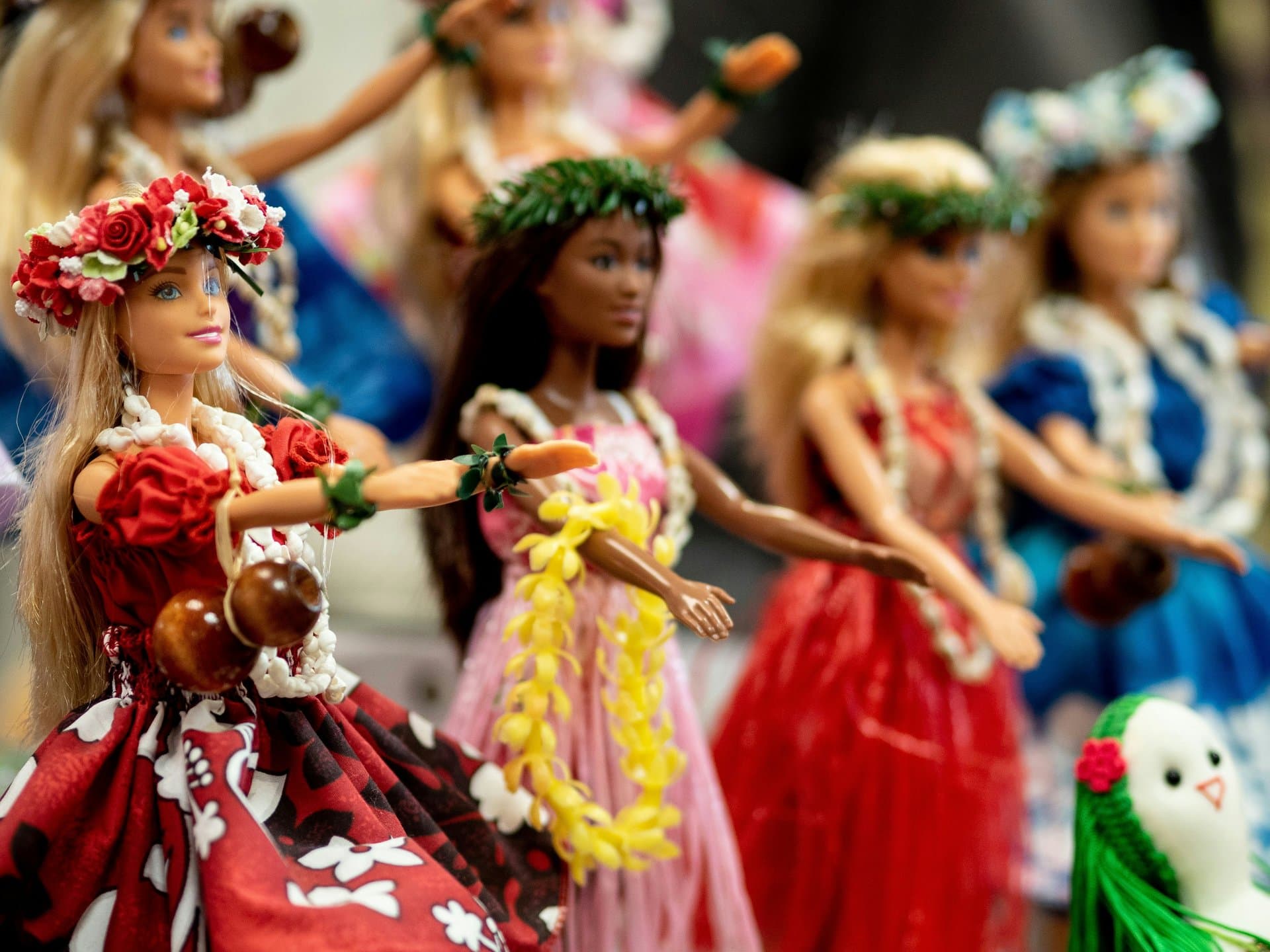Why Mattel’s Toy Tariffs Impact Prices: 5 Key Insights
Discover how Mattel’s response to Trump’s tariffs reshapes toy prices and manufacturing, with 5 essential insights revealing supply chain shifts and consumer impacts in the U.S. market.

Key Takeaways
- Mattel won’t bring toy manufacturing back to the U.S.
- Tariffs have forced Mattel to raise prices in the U.S.
- Mattel is diversifying production away from China
- Tariffs cause supply chain disruptions and financial uncertainty
- Mattel advocates for zero tariffs on toys globally

When President Donald Trump imposed steep tariffs on Chinese imports, many hoped American manufacturing would roar back to life. But for Mattel, the iconic maker of Barbie and Hot Wheels, that dream isn’t coming true. CEO Ynon Kreiz confirmed that while design and development stay stateside, the actual toy-making won’t return to American soil. Instead, Mattel is raising prices in the U.S. to offset tariff costs, even as it diversifies its supply chain beyond China. This article unpacks five key insights into how tariffs are reshaping toy prices, manufacturing strategies, and what it means for American families eager to keep playtime affordable.
Understanding Tariffs’ Toy Impact
Imagine a tax so steep it’s like adding a 145% surcharge on your favorite toys. That’s exactly what President Trump’s tariffs on Chinese goods have done, aiming to bring manufacturing back to America. But Mattel’s CEO Ynon Kreiz paints a different picture: the toys you love won’t be made here anytime soon. Instead, the company focuses on keeping design, development, and brand magic in the U.S., while production stays overseas. This split means tariffs hit the cost of making toys, pushing Mattel to raise prices in the U.S. market.
Tariffs act like a financial speed bump, disrupting the smooth flow of goods. Mattel’s experience shows that while tariffs aim to boost domestic jobs, the reality is more tangled. The company’s stock dropped about 19% since tariffs were announced, reflecting investor worries. For consumers, this translates to pricier Barbie dolls and Hot Wheels, as Mattel balances quality with affordability. The toy industry, heavily reliant on China for manufacturing, faces a tough choice: absorb costs or pass them on. Mattel’s decision to raise prices reveals the tangible impact tariffs have on everyday families.
Diversifying Beyond China
Mattel isn’t sitting still while tariffs shake the market. For nearly a decade, it’s been spreading its manufacturing wings beyond China, aiming to reduce dependence on a single country. By the end of this year, less than 40% of Mattel’s products will come from China, and in two years, no country will supply more than 25%. This diversification is like spreading your eggs across multiple baskets to avoid a big crack if one falls.
The company is ramping up production in countries like India, Indonesia, Malaysia, and Thailand. For example, the Uno card game is now made in India to serve U.S. customers. This shift helps Mattel sidestep some tariff costs and supply chain disruptions. Yet, these new manufacturing hubs aren’t immune to tariffs either, as reciprocal duties have hit Southeast Asian countries too, though some have been paused temporarily. Mattel’s strategy reflects a global chess game, balancing cost, quality, and geopolitical risks to keep toys rolling out without breaking the bank.
Price Hikes and Consumer Effects
If you’ve noticed Barbie dolls creeping up in price, you’re not imagining things. Mattel confirmed it’s raising prices in the U.S. to offset about $270 million in tariff costs this year. A striking example: a Barbie doll with a swimsuit jumped nearly 43% in price at Target over a single week in April. For many families, this means playtime could become a bit more of a luxury.
Mattel’s CFO Anthony DiSilvestro explained that while tariffs didn’t dent earnings in the first quarter, the company is now taking “pricing action where necessary.” Yet, there’s a silver lining: Mattel aims to keep 40% to 50% of its products priced under $20, striving to balance value and quality. This delicate dance means some toys will cost more, but Mattel is committed to keeping many affordable. Still, the uncertainty around consumer spending, especially during the crucial holiday season, has led Mattel to withdraw its annual financial targets, signaling the tricky road ahead.
Supply Chain Disruptions Unveiled
Tariffs don’t just add costs—they rattle the entire supply chain. Ford’s experience, with an expected $1.5 billion tariff cost this year, echoes Mattel’s challenges. Industry-wide disruptions have caused companies to halt production or reroute shipments, creating uncertainty and financial strain. Mattel’s CEO Kreiz noted that many firms have stopped shipping to the U.S. because of tariffs, underscoring the widespread impact.
This turmoil forces companies to rethink sourcing and logistics, often at higher costs and complexity. Ford plans to cut $1 billion of its tariff-related expenses through various measures but remains cautious about raising vehicle prices until competitors act. Similarly, Mattel is relocating production of 500 toys from China to other countries, a massive logistical shift. These disruptions highlight how tariffs ripple beyond price tags, affecting availability, timing, and corporate strategies. For consumers, it means potential delays and fewer choices, while companies juggle cost control and market demands.
Advocating for Zero Tariffs
Amid the tariff turmoil, Mattel is vocal about the need for zero tariffs on toys worldwide. CEO Ynon Kreiz supports the Toy Association’s push to eliminate these taxes, arguing that zero tariffs maximize access to play for children and families. It’s a call for smoother trade lanes that keep costs down and shelves stocked.
This stance contrasts with the administration’s view, where President Trump downplayed concerns, suggesting kids don’t need dozens of dolls. Yet, Mattel’s data tells a different story: tariffs add hundreds of millions in costs and disrupt an industry that relies on global collaboration. By advocating for tariff relief, Mattel hopes to restore stability and affordability. Their efforts reflect a broader debate on trade policy’s real-world effects, reminding us that behind every toy is a complex web of economics, politics, and childhood dreams.
Long Story Short
Mattel’s journey through the tariff maze reveals a complex dance between global supply chains and consumer prices. While the hope of bringing toy manufacturing back to America fades, the reality of price hikes becomes clear. Mattel’s strategic pivot to diversify sourcing and reduce reliance on China shows resilience, but the cost of tariffs—estimated at $270 million this year—still ripples through the market. For families, this means some toys may cost more, but Mattel aims to keep many under $20, balancing quality and value. The call for zero tariffs on toys echoes a broader plea for smoother trade relations to keep childhood joy within reach. As the holiday season approaches, uncertainty lingers, but understanding these shifts helps consumers and investors alike navigate the evolving landscape with eyes wide open.